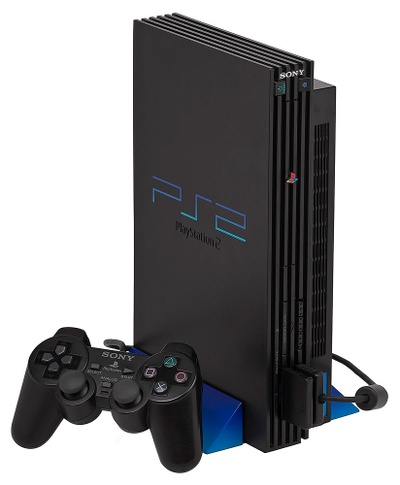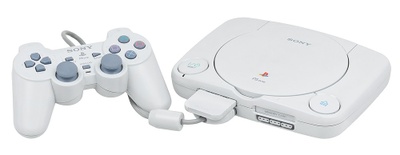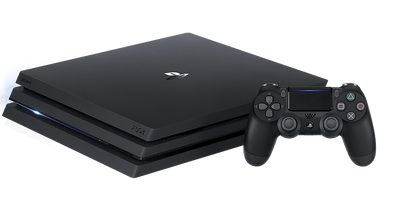-
Use Cases
-
Resources
-
Pricing
evolution of consoles(PS4)
Events
when it all started
1993
% complete
Sony launched its PlayStation brand back in 1994, and since then, the company has released four major consoles, all of which have received refreshed designs. The PlayStation division now represents 78 percent of Sony’s profits, and with the company releasing its Pro system in November, we thought we’d take a stroll down memory lane to look back at all of the PlayStation consoles.

PlayStation
1994
% complete
The original PlayStation was launched in Japan on December 3, 1994. It has become the first video game console in well over 100 million units. It is considered part of the fifth generation of game consoles and competed against the Sega Saturn and Nintendo 64 around the 90s.
The catalyst for the console was actually born out of a failed partnership with Nintendo, once Sony was in talks to build an add-on for the Super Nintendo. The PlayStation would continue with a double-speed CD-ROM drive, a single-core CPU that possessed 2MB of RAM along with 1MB of video clip RAM with graphics that could output up to 360,000 polygons per second.
The original PlayStation played an important role in the industry's transition from 2D graphics to real-time 3D rendering.
PlayStation 2
2000
% complete
First released in Japan on March 4, 2000, the PlayStation 2 became the best-selling console to date, selling well over 155 million units in 12 years. The PS2 is part of the sixth generation of consoles and competed with the Sega Dreamcast, Nintendo's GameCube, and Microsoft's Xbox. Ultimately, the PS2's virtue over the competition has been the measure of its library: the console produced well over 2,000 games.

PSone
2000
% complete
Beginning its tradition of dropping smaller variants of its consoles, Sony released the PSOne on July 7, 2000. In addition to being smaller, it featured a redesigned chassis that was vastly rounder. It also received an updated graphical client interface.

PlayStation 2 Slimline
2004
% complete
In September 2004, Sony continued its little tactic of dropping more variants of its consoles once it introduced the PlayStation 2 slimline. Not only was the system smaller, it was also quieter and featured a built-in Ethernet port.
PlayStation 3
2006
% complete
PlayStation 3 sold well over 80 million units internationally and competed with Microsoft's Xbox 360 and Nintendo Wii. At a launch cost of $ 599.99, it was the most expensive system of the set, yet it was the first console to have a Blu-ray drive and was cheaper than most Blu-ray players. independent once it was thrown.
At the heart of the PS3 was its proprietary Cell processor. Sony created the chip in a joint venture with Toshiba and IBM. However, the CPU became controversial among developers thanks to how difficult it was to program.

PlayStation 3 Slim
2009
% complete
Sony released the PS3 slim in September 2009. Not only is was it about a third smaller and lighter, but due to the Cell moving to a new 45nm manufacturing process, it also consumed less power and ran cooler and quieter than the original model. The Slim removed the power switch on the back of the console.
The console also featured a new PS3 logo, with Sony moving away from the original model’s font (also famously featured in Tobey Maguire’s Spider-Man films).

PlayStation 4
2013
% complete
Sony released the PlayStation 4 in North America on November 15, 2013, and it sold one million units within its first day, making it the fastest-selling console in a 24-hour period to date.
The PS4 marked the first time Sony would release a console with a CPU based on the x86 instruction set, which is the same processor architecture that gaming PCs use. Specifically, it uses an 8-core AMD x86-64 Jaguar CPU clocked at 1.6GHz along with 8GB of GDDR5 memory, which it shares with its integrated AMD Radeon GPU.

PlayStation 4 Pro
2016
% complete
Unlike traditional design refreshes, the PS4 Pro offers a notable bump in specs. The console will be based on AMD’s Polaris graphics and feature 4.2 teraflops of GPU performance, more than double the original PS4’s 1.84. In addition, Sony purports that the Pro will support 4K gaming capabilities.

PlayStation 4 Slim
2016
% complete
The PS4 slim continues Sony’s tradition of releasing smaller, lighter variants--and this console does away with the PS4’s sharp edges in favor of rounded corners. Some upgrades under the hood include the addition of 5GHz Wi-Fi, Bluetooth 4.0, and USB 3.1 support.
The system is also more power efficient and runs a bit cooler and quieter than the original model. The one big drawback? It removes the PS4’s S/PDIF optical port.
